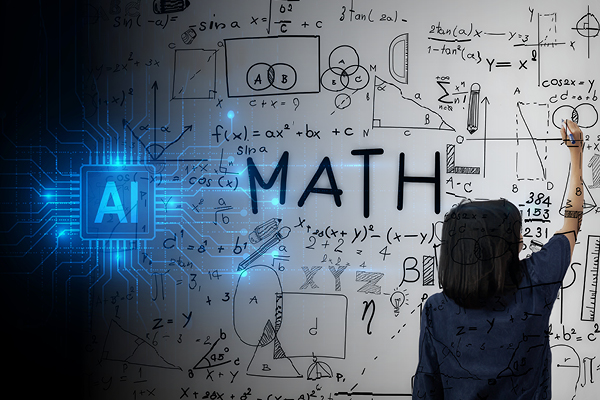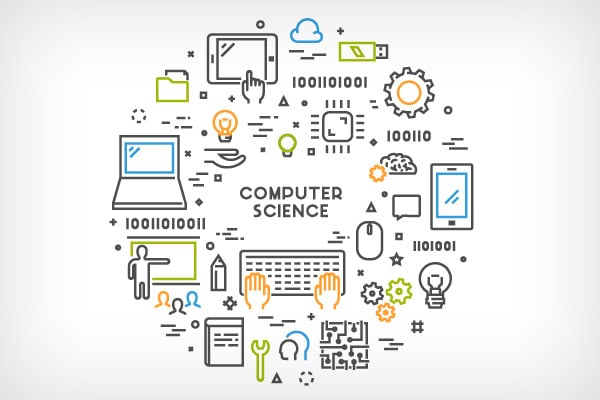Artificial intelligence is here to stay. Schools can embrace it and seize the opportunities it offers or try to resist and become obsolete, according to The74.
Just as AI is being used in other professions to improve productivity, engagement and the quality of output, so, too, it could be leveraged to transform how schools are organized.
But in the U.S., many teachers spend nearly the entire day in front of students, having little time to work with colleagues to improve practice.
In high-performing systems where schools are organized around collaboration, AI can be an asset, deployed for the benefit of students and seen as an enhancement of the human and relational work of teaching.
While ChatGPT, Google Bard and other generative AI tools are making headlines — and are the subject of great resistance — it may be extractive AI models that hold the most exciting promise for educators and students.
Extractive AI is a form of natural language processing that uses deep linguistic techniques to replicate human comprehension of text — moving closer to a form of human language understanding. It can pull huge amounts of information together in a way that is explainable and traceable back to the original source.
This is because extractive AI takes a query and returns information as direct quotations from the source, whereas generative models are trained for generating language and capable of writing new text from scratch. The ability to track back to original sources is a huge advantage in schools because material produced by extractive AI can be verified or debunked.
Combining these two approaches to AI may hold the most power for both students and teachers. Based on its ability to generate new content from established patterns, generative AI is ideal for creating summaries and drafts.
Meanwhile, extractive AI, based upon its ability to draw out specific and traceable ideas and concepts from large data resources, is ideal for assembling, organizing and synthesizing new learning from any source from within or outside an organization’s library of content, curricula or lesson plans.
For example, teachers could take the outputs from extractive AI, review the sources and assumptions and together create new and engaging learning experiences. Extractive AI could be used as a virtual research assistant, allowing teachers to critique, vet and consider AI-generated coursework and recommended sources.
It holds similar promise for the learning experiences of students. AI can serve as an adaptive textbook or course developer — on demand, in real time, in ways that respond to evolving student needs. Used strategically, AI that combines both extractive and generative models could create individual education plans for all students.
Properly deployed, AI can elevate the work of teachers and strengthen the 21st century readiness of students.
The74





